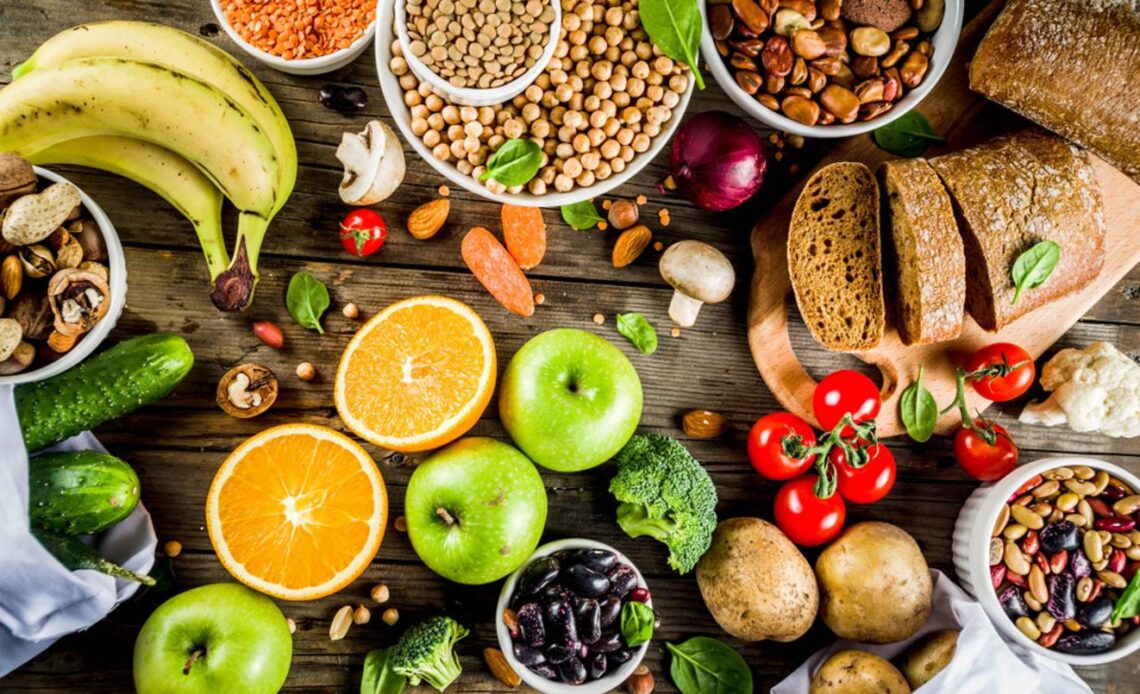
Together with experts, we explain which foods have a low GI and how to properly include them in your diet.
- What is this
- Grocery list
- Principles of the diet
- Recipes and menus
Svetlana Krylova, gastroenterologist, therapist, leading specialist of the Family clinic network;
Daniil Gladskikh, brand chef of the ready-made healthy meals delivery service Grow Food.
Glycemic index: what is it
Carbohydrates are the main source of energy. The body breaks them down into simple sugars to glucose
The glycemic index (GI) is a system of rating carbohydrates based on their effect on blood sugar levels. (1) The value is expressed for each product on a scale from 1 to 100. The higher the score, the higher the index and, therefore, the more likely the food is to cause a sharp rise in sugar.
Within the GI scale there are three groups with their own assessment range:
- low: 55 or less;
- average: 56–69;
- high: 70+.
High ratings are given mainly to sweet, processed and canned foods, fast food, bread and soda. Low and medium ratings are given mainly to vegetables, fruits, all types of meat and fish.
The overall glycemic load, which combines the quantity and quality of carbohydrates, is affected by the cooking method and combinations of products in the dish. The glycemic load can be average even if you combine a product with a high GI and a low GI on the same plate. The fact is that some vegetables or meat affect the absorption of fast carbohydrates, slowing down the process. For example, if breakfast consisted of two wheat cookies (GL = 15), half a glass of milk (GL = 4) and two teaspoons of sugar (GL = 6), its total load will be 25 (15 + 4 + 6).
For people who follow a low glycemic index diet, the recommended daily load is 100 g, with a daily caloric intake of 2000 kcal. (1).
List of foods with low glycemic index
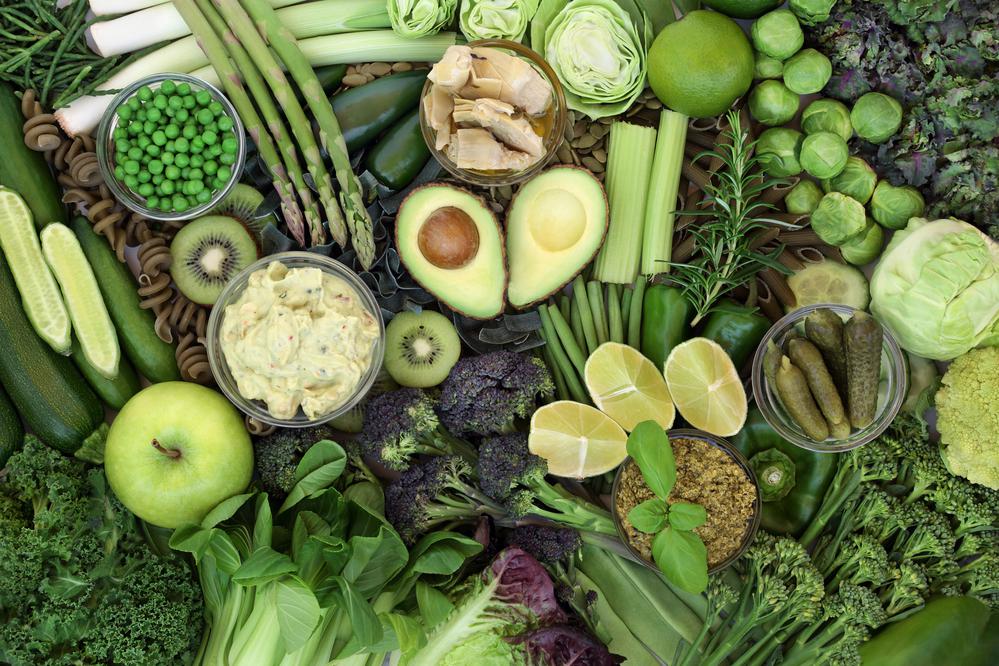
Low glycemic index is assigned to legumes, fruits, whole grain products, meat and fish. They contain useful slow carbohydrates, which the body needs time to digest. Products with a high GI provoke a jump in glucose, since they are dominated by simple and easy to digest sugars.
Low glycemic index diets are prescribed by a doctor (for diabetes), but the same principle can be used as the basis for healthy and wholesome nutrition. The benefits of a low glycemic index diet:
- Allows you to control your sugar levels, which is important for diabetes.
- Provides a long-lasting feeling of satiety, since it is based on slow carbohydrates. Ultimately, this makes it easier to control portion sizes, which is important, for example, when dieting for weight loss or treating eating disorders.
- This is a dietary option that allows you to be more intentional about your carbohydrate choices without completely restricting yourself from them. Trying to eliminate carbohydrate foods is not the best strategy, as they are your primary source of energy.
- Whole grains, fruits, vegetables and legumes provide the body with useful vitamins and minerals. Their presence in the diet is important.
Vegetables and legumes
Fresh vegetables are a source of fiber, which prevents the rapid fermentation of carbohydrates and reduces the rate of conversion into glucose. (1) But there are exceptions. Potatoes, sweet corn, and carrots may contain more carbohydrates than green vegetables (16 to 50), depending on the specific variety.
Fruits and berries
Most fresh fruits and berries have a low or medium glycemic index. The exception is those that have been treated with sweeteners. In a low GI diet, preference is given to whole and unprocessed fruits in season. This way, you can not only control the glycemic load, but also get additional vitamins and minerals (4).
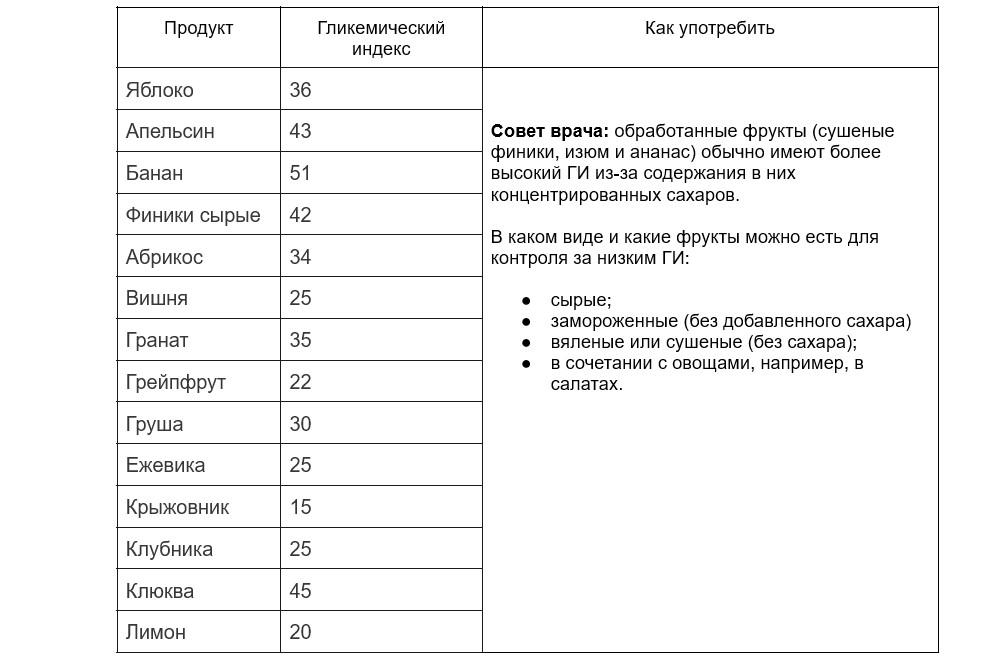
Meat
Almost all meat as a primary source of protein has a zero or very low glycemic index. (5) At the same time, processed meat products, such as sausages or smoked sausages, will have an average or high rating.

Fish and seafood
Seafood has relatively low GI values - for example, shrimp and cod. Among fish, salmon is a favorite, rich not only in protein, but also in omega-3 fatty acids (6) At the same time, you should avoid canned fish, which may contain added sugar, as well as processed products. For example, crab sticks.
Herring is a product with a glycemic index of 0. It is included in the diet for diabetes. However, it is important to use fresh, boiled or lightly salted fish without artificial additives, warns Svetlana Krylova (6).
Groats
Whole grain cereals have a low glycemic index. They are also rich in fiber. Carbohydrates are digested more slowly, ensuring a gradual rise and fall in glucose. However, refined grains, like instant cereals, are products with a high GI. In particular, added sugars, dyes and flavors are often used in the production of the latter. In addition, porridge cooked in milk will increase insulin production more than porridge cooked in water. (7)(8).

Flour products
Flour and confectionery products are considered to be products with a GI value above average. Limiting portions and choosing whole grain bread or cookies will help reduce the load from them.It is better to eat no more than three slices of bread per day. (8)(9).
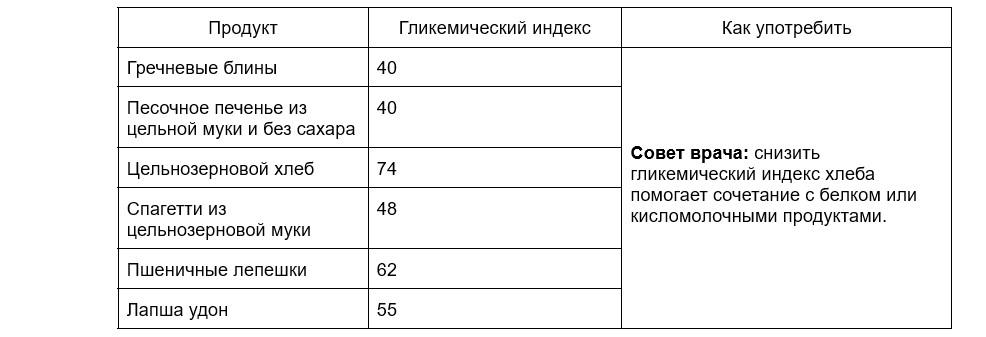
Dairy
Milk contains lactose, a natural form of carbohydrates, so it usually has a medium-high GI rating. Milk, including its plant-based counterparts, is recommended to be consumed in moderation. Dairy products can also be combined with fiber and healthy fats (10).
Among cheeses, hard varieties receive the lowest scores. For example, parmesan. Soft ones – ricotta or cream cheese – have a higher GI. (10).
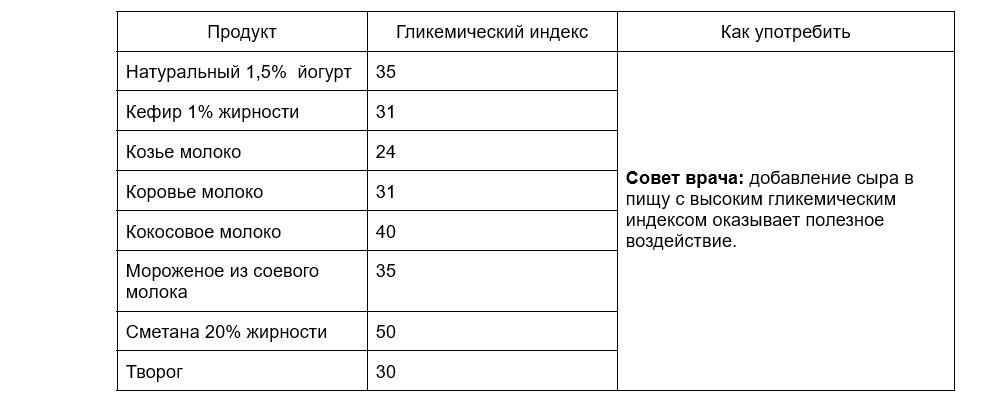
Principles of a Low GI Diet
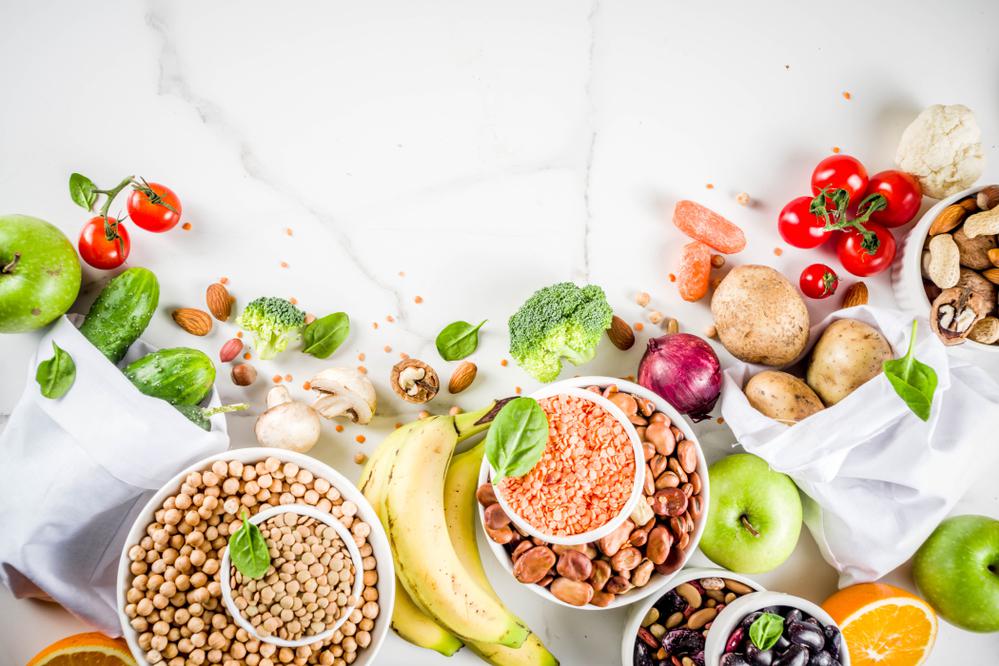
A low glycemic index diet is based on the selection and combination of foods, moderate portion sizes, and regular meals (at least three times a day).
To be sure of your choice, use databases or special applications that calculate the GI and load of dishes. In your diet, give preference to vegetables, high-protein and whole grain foods. You will have to limit all fast food, processed foods and foods with low fiber content.
Low Glycemic Index Diet Rules (11):
- Eat at least five servings of fruits and vegetables per day.
- Reduce consumption of fruit juices and smoothies to 150 ml per day.
- Limit potatoes and pasta to once or twice a week;
- Eat pasta and potatoes as part of salads or soups, not as a separate dish.
- Boil the potatoes in their skins.
- Use olive oil rather than creamy sauces.
- Reduce your consumption of red meat by choosing leaner cuts of other meats.
- On some days, replace meat with bean or lentil dishes.
- Don't forget about daily physical activity.
- Drink more clean and still water.
Menu of foods with a low glycemic index
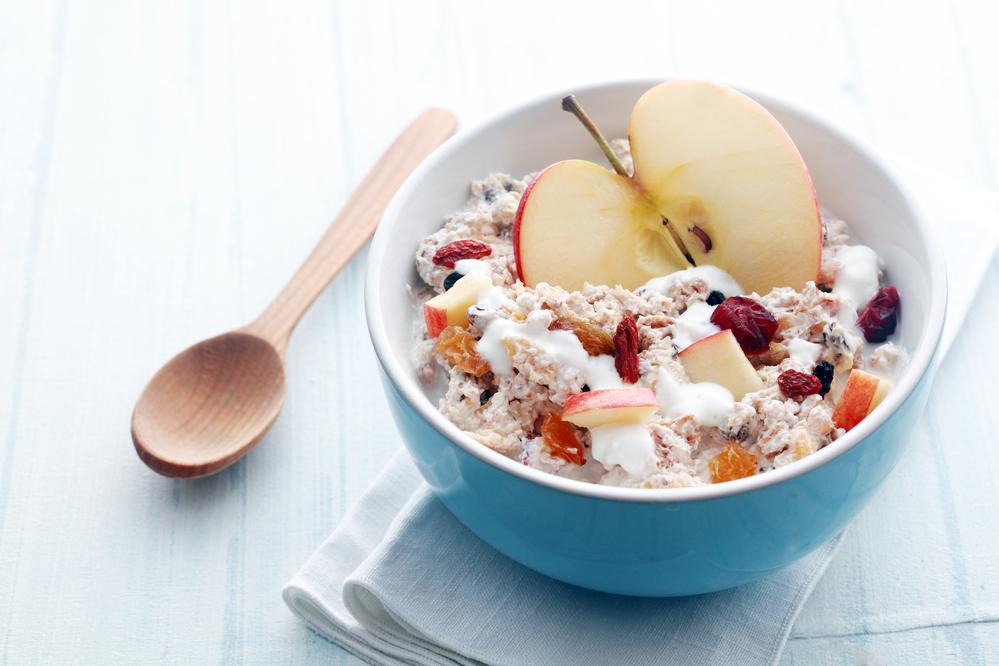
It is not difficult to prepare a daily menu taking into account the GI. You can come up with dishes yourself, use tips from applications or order ready-made ones, not…
